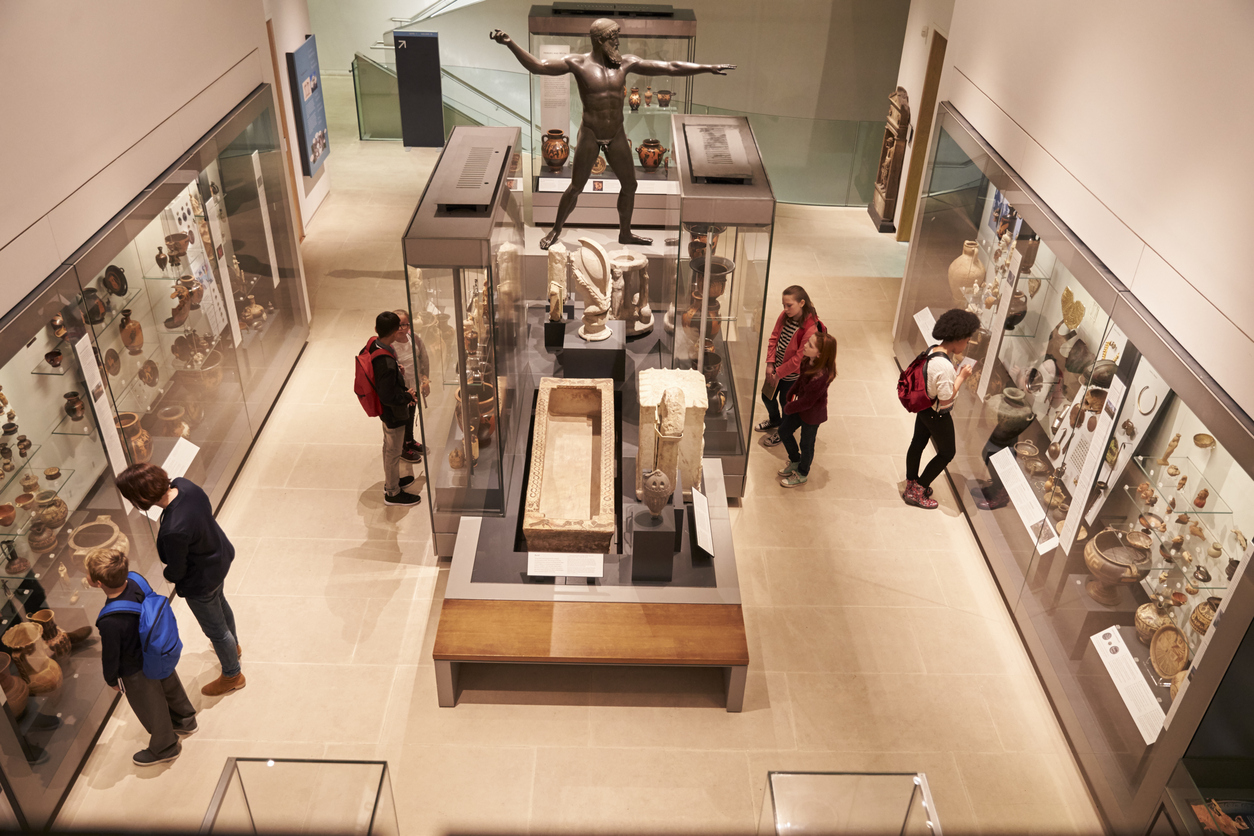- Share Why LinkedIn is Betting Their Business on Content Marketing on Facebook
- Share Why LinkedIn is Betting Their Business on Content Marketing on Twitter
- Share Why LinkedIn is Betting Their Business on Content Marketing on Linkedin
- Share Why LinkedIn is Betting Their Business on Content Marketing via email
Recently, LinkedIn announced the upcoming launch of curated channels and influencer blogs within their application about specific topics. In fact, over the past few years Linkedin has steadily increased their focus on content curation, and more broadly on content. This is one of the first, in what I anticipate to be many big moves towards more content curation marketing models for organizations. You’ve seen the headlines, Content is King and Content Marketing is now Mainstream. I decided to dive into LinkedIn’s decision to shift and really dissect how they did it and why they did it, ultimately providing you with insight on how this change could benefit your organization’s marketing strategy.
An Overview of LinkedIn’s Content Moves
I have put together an infographic (below) that summarizes some of LinkedIn’s major moves with regards to content. Here’s a quick rundown:
March 2011: LinkedIn Launches “LinkedIn Today”
In March of 2011 (and even today), very little content was created and hosted on LinkedIn. To get users to turn to LinkedIn as a source of content, they relied on curation so they did not have to build a large publishing team. Linkedin made their foray into content with the launch of LinkedIn Today.
While LinkedIn does not host a lot of content, a lot of content passes through their network in the form of links shared in status updates. LinkedIn employed social curation by mining these links and publishing a curated section of their site with the most popular articles for each user’s specific industry. If you’re on LinkedIn, you likely are receiving this already.
March 2012: SlideShare Acquisition
A year later, LinkedIn made their first major content-related acquisition by adding the “YouTube for Slideshows” — SlideShare to their portfolio for $87 million. The SlideShare acquisition made sense for LinkedIn for two main reasons:
-
Overnight LinkedIn acquired millions of pieces of content to inject into their ecosystem.
-
While videos and picture content is attractive for Facebook users, and music is attractive for MySpace users, presentations are attractive for LinkedIn’s professional audience.
October 2012: Influencers and Blogging
Six months later, LinkedIn quietly rolled out the ability for a set of 150, hand selected influencers to create content on their site. These influencers have really been the cream of the crop from respected individuals in the business world such as Bill Gates and Richard Branson. For the first time, users could create content directly within and hosted by LinkedIn. LinkedIn plans to aggressively expand this ecosystem as reported in a recent New York Times article.
April 2013: Pulse Acquired
Right around the time of Yahoo’s acquisition of news summarization app, Summly, and Google’s news aggregation app, Wavii, LinkedIn announced their acquisition of news sharing application, Pulse, for $90 million. Though LinkedIn has not fully incorporated the application within the LinkedIn experience, we should expect them to use this to enhance their content presence on mobile and tablet devices.
Why is LinkedIn so interested in Content?
So why is LinkedIn doing all this? Why are they investing hundreds of millions of dollars in freely available content that’s not directly monetizable?
It’s because LinkedIn fundamentally lacks user engagement. In a recent talk by Geoffrey Moore, author of Crossing the Chasm, he described the four gears that drive any online consumer company: acquisition, engagement, monetization, and activation.
-
Acquisition is the ability to acquire new users. LinkedIn excels at this and has one of the largest social networks online.
-
Monetization is the ability to extract revenue as a result of that user base. Whereas Facebook has issues with this, LinkedIn does not; with Premium subscriptions, recruiter tools, and sales tools.
-
Activation is the ability to get your user based to proactively recruit other users to fuel monetization and acquisition. LinkedIn users have been very active in growing their own networks and as a result the network overall.
-
Engagement is the ability to keep the user base involved and active on your properties post acquisition. This is where LinkedIn has been lacking.
Think about it. What do you usually do on Linkedin? If you’re like me, then you go to the site to: (1) check out and search for profiles, (2) reply to messages and invitation requests, and (3) occasionally interact in groups. Compare that to Facebook, where users can spend hours on end. In fact, the average American spend 59x more time on Facebook than on LinkedIn.
Lessons Learned
There are a few immediate lessons from LinkedIn’s strategy that can be employed by marketers:
-
Use Content for Engagement. Similar to how LinkedIn is employing content to increase engagement, you can do the same to increase prospect engagement with your brand. By creating engaging and relevant content, you can drive your customer acquisition, activation, and monetization.
-
Use Curation to Bootstrap. LinkedIn’s first step into content was not to build an editorial team or to try to become a media company. Instead, they curated third party content to start. While LinkedIn used social curation by harvesting content shared by millions of users, you can get started with curation without such a user base by curating content as an authoritative topic expert.
For more resources on how to get started with content marketing and content curation, you may be interested in our award winning eBook 5 Simple Steps to Becoming a Content Curation Rockstar. Or if you’re already familiar with content curation and want some further inspiration beyond LinkedIn, check out the 2013 Content Curation Look Book featuring real-world brand examples of curation. Lasty, if you’re on LinkedIn and you’re looking to connect with other content curators, join the Content Curators group.








